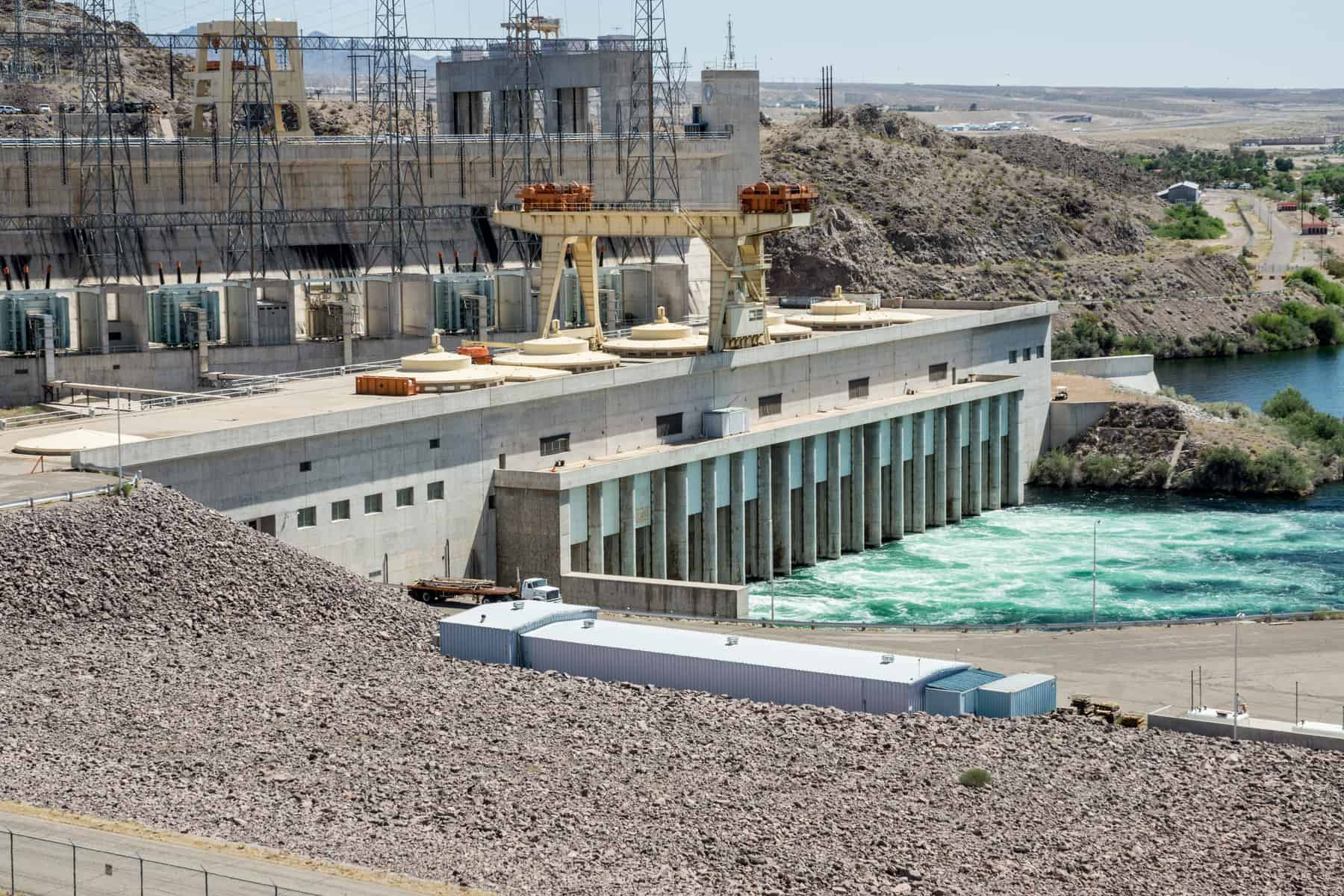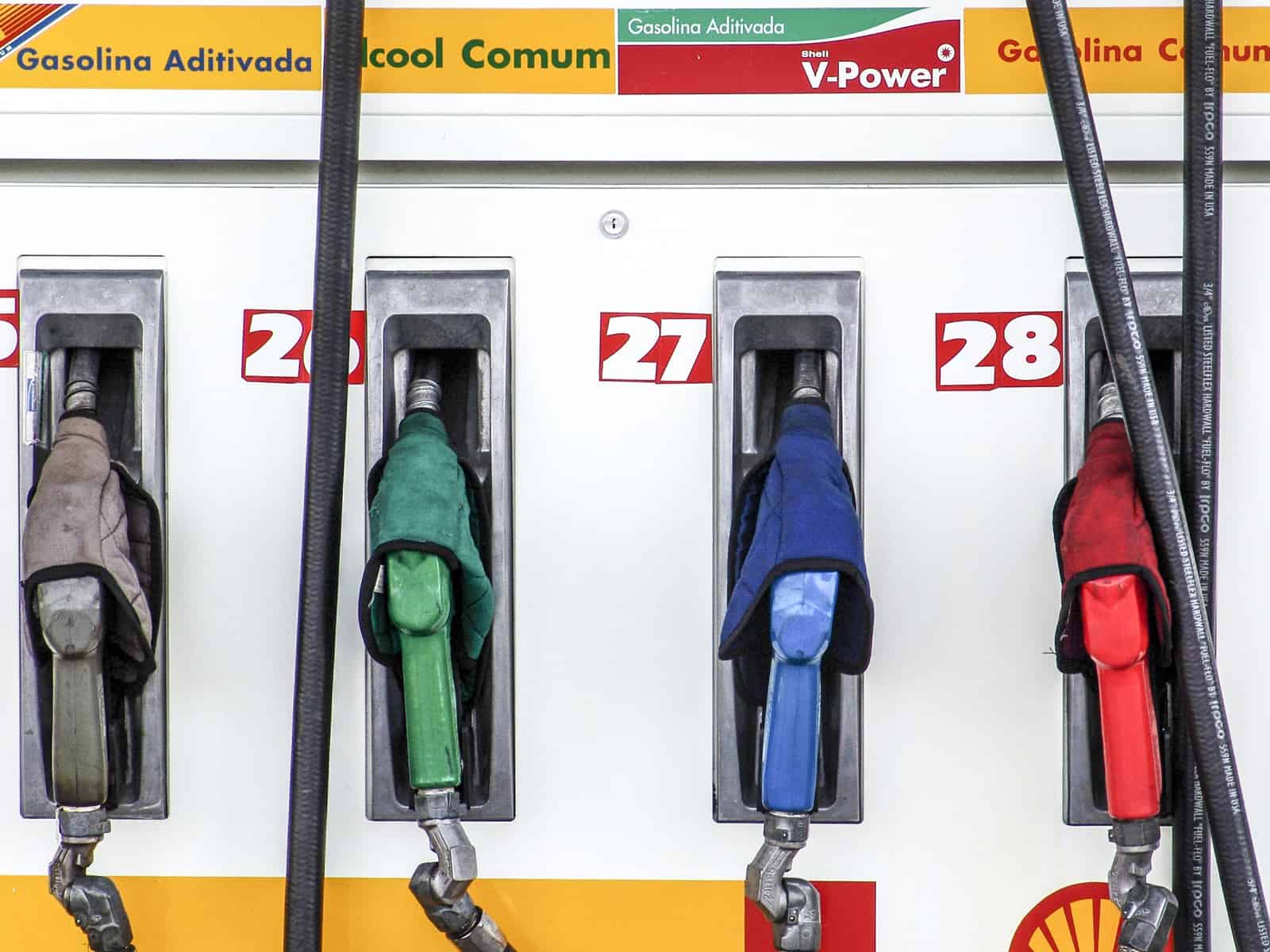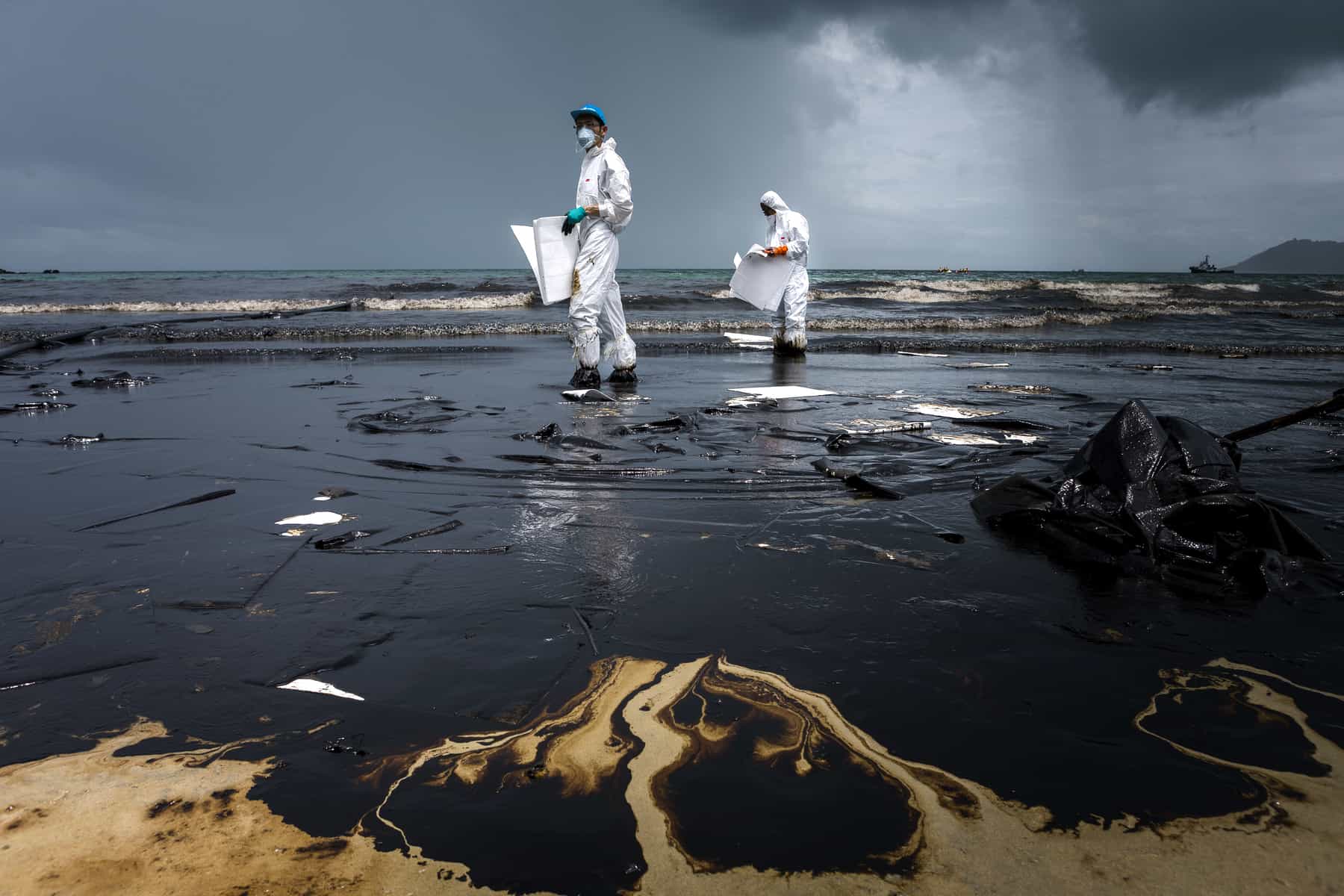Climate Change

Climate change exacerbates strains at the energy-water nexus because climate change manifests in changes to the hydrologic cycle. Elevated ocean levels, elevated ocean temperatures, more frequent and intensive flooding, more frequent and intensive droughts, and distorted snowmelt patterns are different effects of climate change.
Elevated ocean levels threaten 40% of the world’s population, which lives within 100 kilometers (62 miles) of the coastline. Higher ocean levels raise the risk for erosion of coastlines, submersion of valuable properties and infrastructure, and saltwater intrusion into freshwater aquifers. Elevated ocean temperatures impact systems as diverse as fisheries, aquaculture, and power plant cooling. More frequent and intensive flooding creates more cumulative damage, and greater intensity means individual floods cause more damage more suddenly. Responding to rising ocean levels will cost a significant amount of money. Possible solutions include moving buildings out of expanded floodplains or shoring up levees, protecting land that can absorb the water, or building reservoirs that are intended to capture excess water during flooding.

Alternatively, more frequent and intensive droughts accompany increased flooding. Mitigating droughts requires expensive infrastructure for storing water, long-haul pipelines to move water farther, and more powerful pumps for raising water from deeper wells as surface water sources dry up and overextraction from nonrenewable groundwater sources increases.
Distorted snowmelt patterns are another consequence of climate change. Snowpack that is thinner and melts earlier affects the rhythms of water availability, irrigation, crop rotation, and other historical patterns. Of the world’s 7 billion people, approximately 1.5 billion rely on snowmelt from the Himalayas alone. As population grows, those living on snowmelt from the Rockies, Andes, and other major mountain ranges will grow. Villages around Mount Kilimanjaro in eastern Africa are particularly vulnerable. On May 29, 2015, government officials reported zero snowpack in California, placing at risk the source of water for tens of millions of people and the majority of U.S. fruit, nut, and vegetable growth.1Kai Ryssdal, “California’s snowpack has run out,” Marketplace, May 29, 2015. Managing these shifting patterns might spawn impactful, expensive, and energy-intensive investments in large-scale water storage infrastructure such as reservoirs to hold the water over a greater span of time.
These images captured by NASA’s Aqua satellite show the difference between snow cover in 2010—the last year with average winter snowfall in the region—and 2015 across the Sierra Nevada Mountains. (Swipe sideways to compare.)
These impacts can be mitigated through investing in new infrastructure, changing industrial and agricultural mixes of the impacted societies, or by moving entire societies to other locations with better odds to survive significant climatic shifts. All of these options have their drawbacks and some of those choices, because of their energy requirements, might exacerbate the situation in the long-term. At the same time, the negative effects often fall hardest on the poorest societies. For example, emissions from the richest members of the globe will cause expensive problems that the poorest will bear. The inequality in the emissions (mostly by the rich) and the suffering (mostly by the poor) presents a key quandary for the world to resolve.
Image Credits: cowardlion/Shutterstock.com; Brandon Giles/U.S. Coast Guard.




